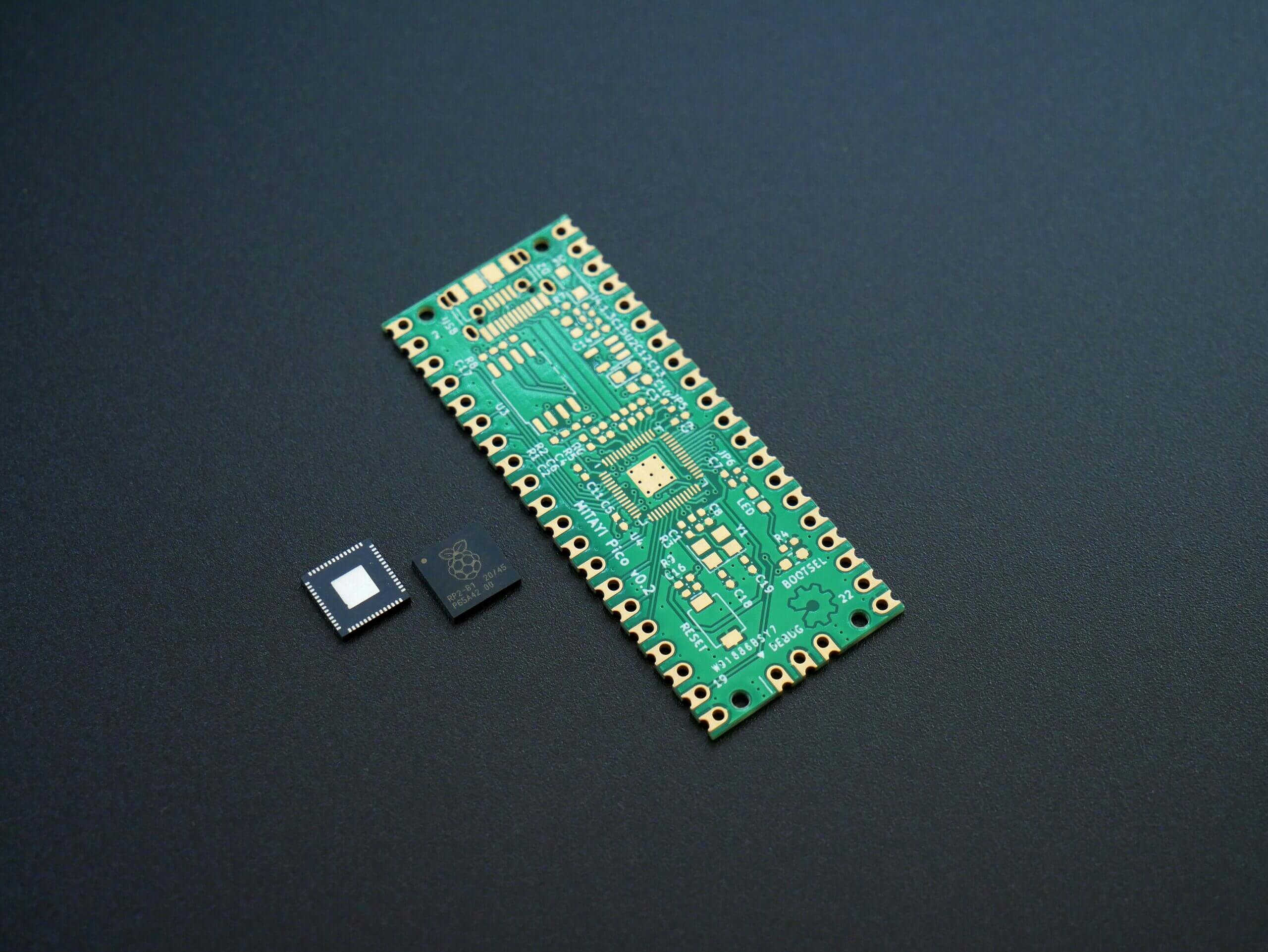In early December, the Chinese Ministry of Commerce announced that it would in principle ban exports of gallium, germanium, and antimony while also strengthening review of graphite exports. All are critical semiconductor inputs where Beijing dominates global supply, to the tune of about 98, 60, 50, and 60 percent, respectively. That’s a problem for America’s supply chains. It’s also a problem for Taiwan, the leading semiconductor manufacturing hub in the world.
China’s export controls reflect the escalating technological contest between Washington and Beijing – one made only more salient by the presidential transition underway. Appearing on the Joe Rogan podcast a week before the election, president-elect Trump warned against China’s upstream market dominance and the risks of dependence on other countries, like Taiwan.
The recent export control moves also demonstrate the asymmetric strategies at play. China’s positioning and escalatory tack pose risks for the United States if it does not adjust for Beijing’s upstream dominance as well as the exposure of third-party players to Beijing’s leverage. China’s approach starts from the ground up. The Chinese Communist Priority prioritizes not, or at least not first, technological sophistication; rather the CCP begins with supply chain control and localization. As Xi Jinping argues, allowing foreigners to control core technology “is like building a house on someone else’s foundation…China must have its own technology…” The United States is at risk of adopting the reverse logic.
Even as Washington pours tens of billions of dollars into domestic semiconductor technologies and production, even as Washington strives to build back domestic industrial capacity in the field, even as the country attempts to compete with China, the US does so on a foundation that Beijing controls. Until Washington rethinks its approach – starts investing in the upstream of the value chain and, especially, divesting from partners dependent on the Chinese supply chain – it will lose to the CCP. And it will lose not only in semiconductors, but across techno-industrial domains.
Take, for example, TSMC, the Taiwan semiconductor champion favored by US industrial policy. TSMC is the world’s dominant semiconductor manufacturer. In 2024, it recorded a market share of 64.7 percent in the global semiconductor foundry market. That figure is positioned to grow to 66 in 2025. This dominance, and the expertise behind it, has proven a siren call for a Washington desperate for an easy fix to the dearth of semiconductor production in the United States, and corresponding reliance on Beijing: Bring TSMC to America, have it make semiconductors here, problem solved. In November, the Biden-Harris administration announced up to 6.6 billion USD in funding for TSMC Arizona under the CHIPS Act.
If only the answer could be so simple. This funding, and the logic behind it, miss the supply chain steps that precede semiconductor production itself – and the risks of China dependence in those. Billions of taxpayer dollars might compel TMSC to produce semiconductors in the United States. But that will not free the US supply chain of reliance on Beijing. In fact, a rush to quick fixes may exacerbate the problem – especially considering the lack of a trusted American solution, given Intel’s struggles.
TSMC has bought equipment and materials from Chinese producers. For example, it has historically sourced from Shanghai-based AMEC and NAURA, a State-invested Chinese semiconductor equipment company. TSMC also has market and production ties to China that link its business model to Beijing. The company has fabs in Shanghai (the city also served as the host of TSMC’s 2024 China Technology Symposium in May of this year) and Nanjing. It also sells into the Chinese market – including to PRC tech champions like UNISOC, which is backed by the National Integrated Circuit Investment Fund, a PRC government investment fund set up to develop the domestic Chinese semiconductor industry. In addition, Chinese media reports on Huawei’s “core suppliers” from 2023 and 2024 name TSMC among the set.
TSMC’s China business reflects a broader reality about the semiconductor market and a corresponding failure of US policy. With a new presidential administration approaching, Washington has the chance to rethink and redirect its approach to techno-industrial competition with China; president-elect Trump has already suggested that he will break from the path of his predecessor, accusing Taiwan of stealing the US semiconductor industry and threatening tariffs on Taiwanese imports into the United States.
A new American approach needs to focus investment on clean value chains and their upstream supply. It also needs to make clear to companies that China dependence – through partnerships for market access in China and/or reliance, whether supply- or market-based, first-, third-, or nth- order – will hurt them in the US market. This includes reliance fostered via relationships to third-party countries or companies without adequate protections against Chinese influence. And, throughout, the US government has to signal resolve. It has to make clear that the era of loopholes, exemptions, waivers, delays, and, of course, policy reversals is over. If companies, like TSMC, want access to the US market and to benefit from the fruits of US government support, they should have to choose sides between Washington and Beijing. The Trump administration being primed to apply tariffs promptly should underscore the need to choose sides.
A failure to force that reckoning would be a missed opportunity. It would also be a big win for Beijing: If China continues to control upstream supply lines and enjoy leverage over multinationals that produce and sell in the PRC, American efforts to compete in the chip war will be destined to fail.




